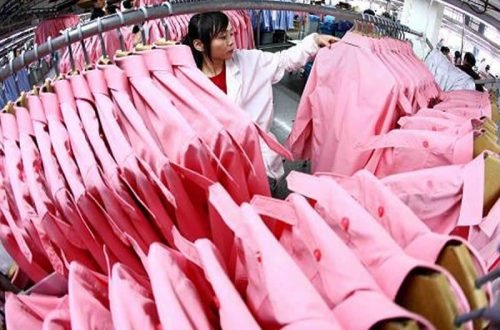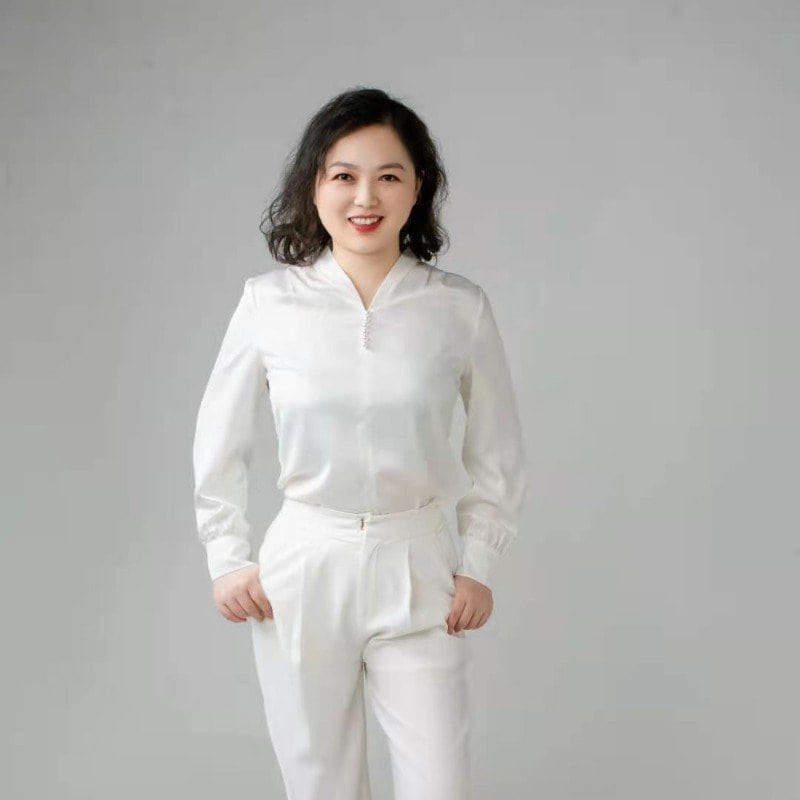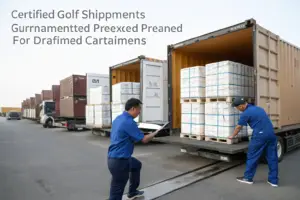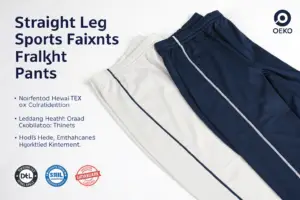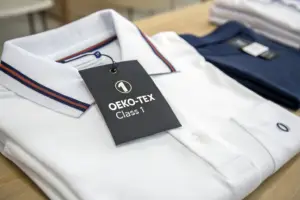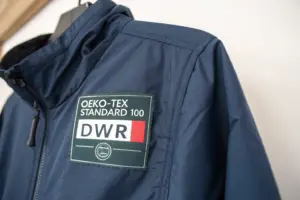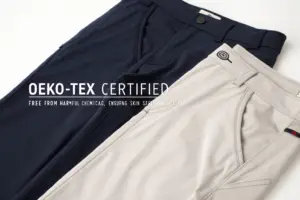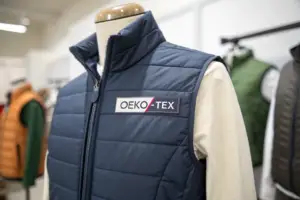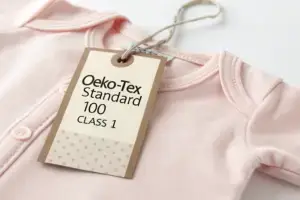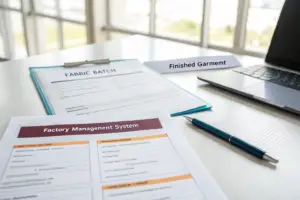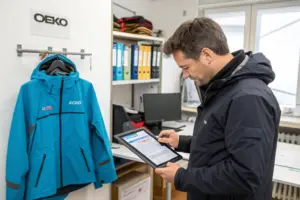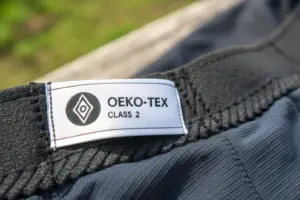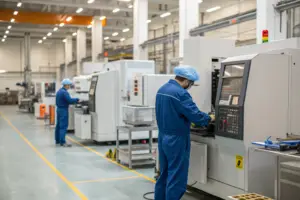The first thing I want to talk about is the production of fabric and design styles in the garment industry. This paper is divided into three points: subdividing the key presentation direction, fabric market research, and channel and transformation with a production of ideas and layout focus.
1. Subdivide the key presentation direction
Generally, clothing design planning in the garment industry is based on the brand’s needs to plan the overall direction. In this regard, the subdivision column in the trend site has done a good job on such matters as fabric planning, color planning, design planning, and so on, providing corresponding content.
Take fabric as an example. The focus of planning is to find ways to show clothing fabrics from the results of color analysis of the corresponding style, combination, etc. The outcome is to automatically show people what the fabric can do. This does not need to be specific to a style because the reach can be more expansive. Personally, I think the key is to control the information and have certain data support. It isn’t easy to fully show the performance of the fabric only from the plan. Usually, designers or people in the garment industry will go to the fabric markets to collect new samples. This point, I will return later.
As far as I know, commodity planning in the garment industry belongs to the latter stage of the process. Planning fabrics, colors, styles, and others is for the research and development stage. In the context of the garment industry, commodity planning is similar to a fashion designer planning a line, which will include the structure and proportion of a style. In the garment industry, which is the same as in any other sector, preliminary research is very critical.
2. The profit standard for garment processing factories is 15%-30%
Therefore, when you are looking for a garment manufacturer and processing plant to place an order, your heart should be open to giving way to the garment manufacturer’s profit and bottom line. Consider the standard practice that is between 15%-30%. Of course, there will be some garment manufacturers who would say that they only take 5%. But frankly speaking, only a fool would accept that rate and small order.
3. How is the processing fee of the garment processing factory calculated?
There is a set of standards. In the garment processing industry, each region has a set of industry standards based on the local wage level and the size of the factory.
How much is it to cut a dress, how much is it to sew a sleeve?
How much is it to make a bag, and how much is it to sew a zipper?
Well, there’s even an industry standard for how much it costs to iron a dress and so on.
To ascertain the processing cost of a piece of clothing, multiply the sum of the total workers’ wages in all the working procedures by the corresponding multiplier. This multiplier is determined according to the size of the garment factory, normally between 2.3 and 2.5. The larger the garment factory, the higher the multiplier. For example, if a piece of clothing is $1, then the processing fee the garment manufacturer asks the customer for is $2.50. That extra $1.50 translates into rent, utilities, taxes, and profits for the owner. Of course, for small garment factories with only a dozen people or so, the processing fee is multiplied by 1.8 or multiplied by 2. They might be willing to accept this because of a lack of orders. Some of the large garment factories doing boutique clothing, based on the processing fee multiplied by 3 may also not be willing to accept orders, depending on the specific situation.
Regarding the price, many people like to bargain with small order total prices or low orders. Everyone wants to go through a few rounds of bargaining with a garment manufacturer. The garment processing industry does not earn much if you tried to push down the prices of garment production. It could backfire on production and cause delays in deliveries. Sometimes bad managers might even be out to get your money. When you reduce the price, he knows clearly that the price will lead to a loss. He still wants to accept the order, so he will likely raise the price after receiving your deposit. There can be a quality guarantee for orders with a low total price if the delivery schedule is not too tight. As a garment manufacturer, I can be more cooperative with you in processing future orders, so it is better to be more generous in the price.
4. Batch problems
Other matters affecting prices and costs for a garment manufacturer are quantity, production method, and the working style of workers. Wages are per piece. The amount determines how much money can be made in garment production, so they are keen on doing big orders. For a new guy who just started, production is very slow. If the quantity is only several hundred pieces, only skilled workers finish. Production has to be fast, and without efficiency, they can’t get more pay. Garment manufacturers are now looking to hire workers, but it has become more and more difficult. When workers can’t make more money, they want to jump ship. So, for the garment factory boss to meet large order numbers, our solution is to set new order quantities under two hundred pieces of clothing at the standard price plus a thirty percent processing fee. In this case, at least workers will be willing to work and ensure the quality of the finished products. Therefore, if your quantity is not large and you want to keep the price unreasonably low, it is expected that no garment manufacturer or factory will collaborate with you for a long time.
5. Where are the garment manufacturers and factories located?
In the past two or three years, garment manufacturers’ factories in China’s Yangtze and Pearl River Delta regions have been downsizing. More and more garment factories have also relocated to Anhui, Jiangxi, and other areas further inland. The next step is to spread to Henan, Hubei, and Sichuan. Choosing a garment manufacturer and factory that you are familiar with or close to a port can save costs.
The supply chain, of course, is all about finding a good match. Let’s say you have $1 million in annual sales, and you want to work with a large garment factory with 1,000 workers would not be so wise. Because your order size is the smallest among the garment manufacturer’s customers, he will not take you seriously at all. What is a good match? To give you a formula for reference: order number ÷10 = factory number. For example, if your average order is 300 units, you should look for a small factory with 30 workers.
6. In finding a garment manufacturer and factory, give priority to the following points:
- Check for appropriate plate and sample production capacity.
- See if they provide complete one-stop processing services. Many small factories do not have patterns, packaging quality inspection, and other processes. These carry risks in the delivery speed and quality.
- It is best to have an on-site inspection of the sanitary conditions of the garment factory. If the sanitary conditions are satisfactory, it can imply that the garment factory has a fair degree of management competence and ability.
7. So, how do we know if we can trust the garment manufacturer and factory?
- The history of operations of the garment manufacturer and factory is a good indicator, particularly if it has survived for more than five years.
- The proportion of skilled workers is also critical. Take e-commerce orders as an example. Because the volume is small, the garment manufacturer has to keep changing to new double orders. The stability of skilled garment factory workers is also vital for the viability of production.
- Who have been the customers of the garment manufacturer and factory? If it has worked with some big brands, you can be reasonably confident with the quality. Of course, if it has been, say, three years since working with a brand line and the worker turnover rate has been very high, then you should also be wary of this garment manufacturer. The original workers may be already gone.
The waters in the garment processing industry run very deep. When looking for a garment processing facility, it is essential to understand the strength of the garment manufacturer and factory first. Rushing into a choice and deciding rashly on agreements might cause your business to drown in all the complications.

